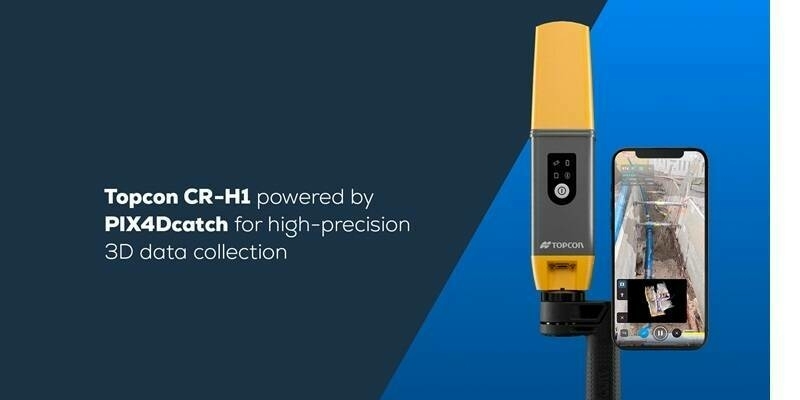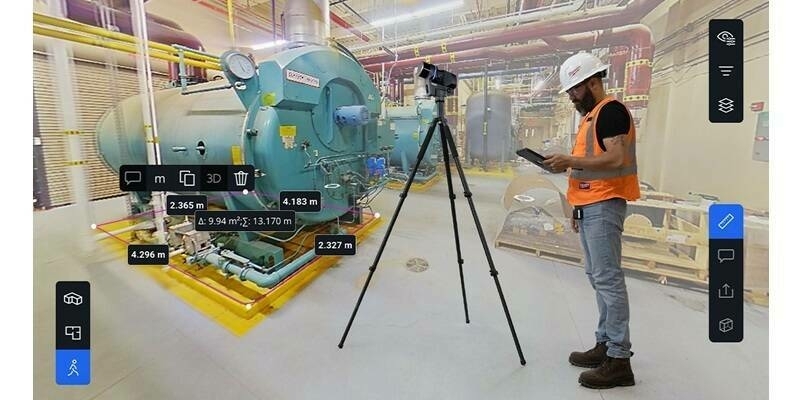Australia, Canada and U.S. expand samples available in global platform
The geological surveys of the U.S., Australia, and Canada are unveiling major updates to a shared database on mineral ores: an increase from 7,300 to more than 25,000 samples and the establishment of new criteria and a formal process allowing any organization to contribute ore samples.
Many of the minerals on the list of critical minerals are byproducts of mining other minerals like copper, gold, and zinc. Modern technologies such as solar panels, electric vehicle motors, and batteries often rely on these minerals. A byproduct mineral is a secondary mineral that is produced or recovered incidentally during the extraction and processing of a primary mineral or metal. Byproduct minerals are not the main target of the mining operation but are obtained as a result of processing the primary ore, often adding economic value to the mining project. For example, cobalt and tellurium can be byproducts of mining copper, gold, and zinc.
Despite the growing demand for these byproduct minerals, geochemical tests have traditionally focused on the main minerals. This has left researchers with very little data on the abundance of byproduct minerals.
Recognizing this gap, the Critical Minerals Mapping Initiative—a partnership between the U.S. Geological Survey, Geoscience Australia, and the Geological Survey of Canada—initially released the Critical Minerals in Ores database and portal in 2021.
It marked the first consensus classification across several countries, offering access to consistent geochemical data from global ore deposit samples. This classification involved categorizing deposits according to a scheme and framework agreed upon by the three international partners. By combining data from samples across all three countries, researchers have access to a broader dataset to better understand and model where critical minerals occur.
That opportunity is further expanded with the latest database and portal update which establishes a formal process with specific criteria, enabling any agency or other organization worldwide to contribute to the Critical Minerals in Ores database. The Critical Minerals Mapping Initiative aims to enhance global knowledge-sharing about these minerals, which have increasingly shifted from mere byproducts to becoming valuable in their own right.
Subscribe to our newsletter
Stay updated on the latest technology, innovation product arrivals and exciting offers to your inbox.
Newsletter

